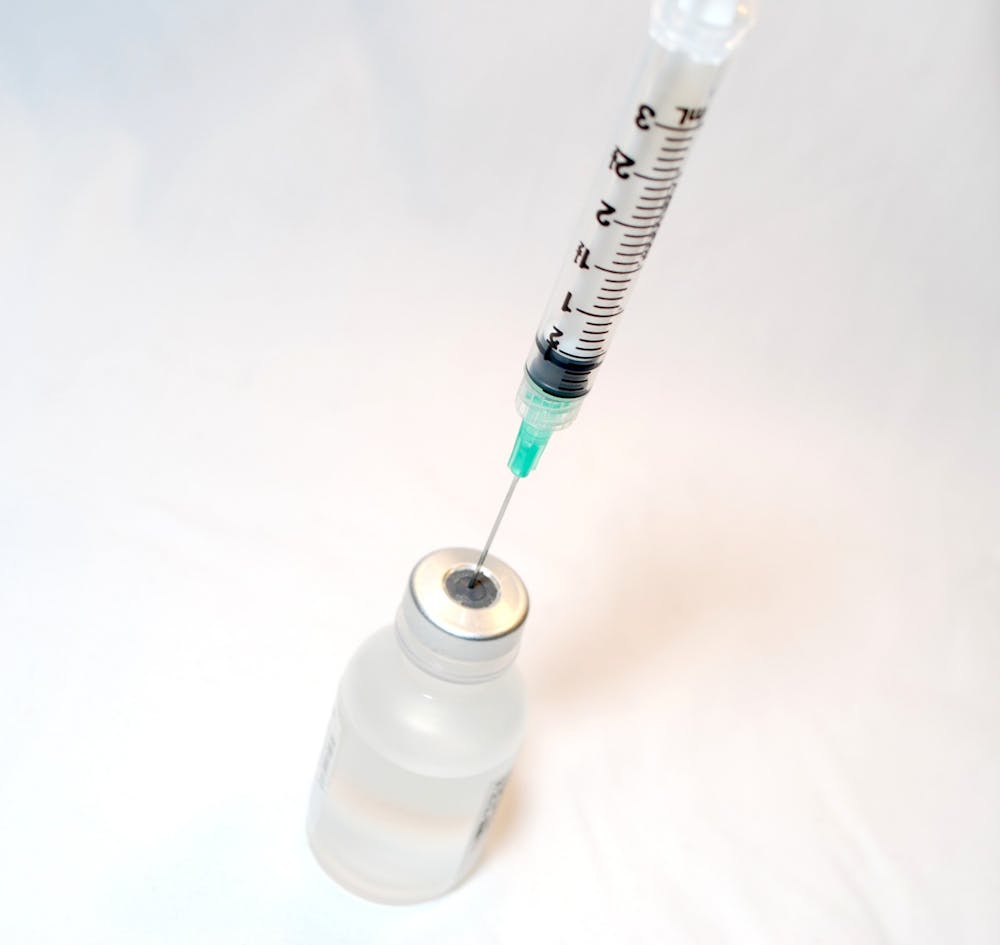In early August, about a month before D.C. public schools reopened for in-person classes, city officials unveiled a wave of prizes to encourage coronavirus vaccinations among people ages 12-17.
The giveaways, including iPads, AirPods and $25,000 college scholarships, were intended to encourage hesitant children and families to get the shot early in the school year, with the hope that a higher vaccination rate would prevent outbreaks in the classroom.
But experts say it’s not clear that those incentives are working. Vaccination rates have only increased marginally since the giveaways began, according to city data, and with only 43 percent of D.C. residents ages 12-17 fully vaccinated, classrooms are nowhere close to reaching the level of herd immunity required to minimize virus spread.
“It doesn’t seem like the vaccine incentives are increasing the rate [of vaccination] as much as we would like,” said Emily Ricotta, an epidemiologist studying COVID-19 vaccines at the National Institute of Allergy and Infectious Diseases. “Everybody likes getting free money, but at this point in the pandemic most people who want to get vaccinated have gotten vaccinated.”
Melissa Hawkins, the director of undergraduate programs at American University’s Department of Health Studies and an epidemiologist, said she was disappointed that vaccine incentives haven’t shown more promising results.
“There have been lotteries and cash incentives across the country, and I don’t think they were as successful as expected,” Hawkins said.
Still, it may be too soon to draw conclusions about the success of the incentives. A clear picture of how well they’re working may not emerge for some time, said Jessica Adams, the deputy director of Healthcare Ready, a public health nonprofit that aids disaster-response efforts across the country.
“Any effort that can be done to drive vaccination rates up is worthwhile,” Adams said. “As to the degree of success, I don’t know that that’s something we really know yet.”
But for now, she said, the city is “doing the right thing.”
The incentives for children, as well as those for adults in the district — which have included a year of free Metro rides and even new cars — parallel a trend of cities and states across the country offering raffles and prizes to those who get vaccinated. Some success stories have been obvious: Washington City Paper reported in July that one clinic saw its daily vaccination rate double when it started offering incentives for adults.
Vaccinations in the district have picked up slightly from a midsummer lull, though they’re still at just a fraction of their April peak when the city was administering over 8,000 doses per day. In the last week of September, an average of 1,166 doses were administered daily, according to city data.
“We haven’t seen a really significant uptick in vaccinations that we can say is attributable to the incentives,” Hawkins said.
The D.C. Department of Health was unavailable for comment.
One of the central pillars of the awards programs is to boost vaccination rates in communities where vaccine hesitancy is most prevalent, particularly majority-Black communities in D.C.
City leaders, with that goal in mind, placed many of the vaccination sites offering incentives in Wards 7 and 8, which have the lowest rates of teen vaccination in the city and are both majority-Black, according to city data.
Although the vaccines are now widely available, experts say a long history of distrust in the federal government and widespread misinformation about vaccine safety have made many Black Americans hesitant to get the shot.
In D.C. and across the country, the racial discrepancy in vaccination rates is raising alarms among officials.
“We continue to see disparities in who is getting infected in the District of Columbia both from a race and ethnic perspective as well as from a geographic perspective,” Dr. LaQuandra Nesbitt, the director of the D.C. Department of Health, said during a summer press conference. “Black youth are three times more likely to be infected with COVID than their white counterparts.”
In Wards 7 and 8, just 23 percent and 20 percent, respectively, of eligible people under 18 have been fully vaccinated, according to city data. That’s compared to 77 percent of the same demographic in majority-white Ward 2 and 67 percent in Ward 3, which includes AU.
According to the Washington Post, one concern is that if unvaccinated children, predominantly Black, are exposed to COVID-19 and forced to isolate, they will miss more school than their white peers who are more likely to be vaccinated and therefore don’t have to quarantine unless they get sick.
Public health officials, Ricotta said, should be focusing more of their attention on building trust within communities that have low vaccination rates.
“It’s not just about providing incentives,” Ricotta said. “It’s also about understanding what the community needs to gain that trust in the vaccine.”





